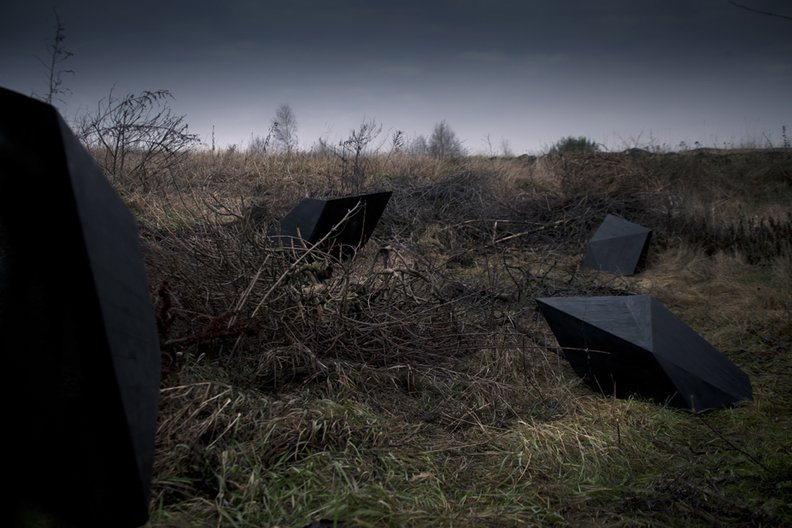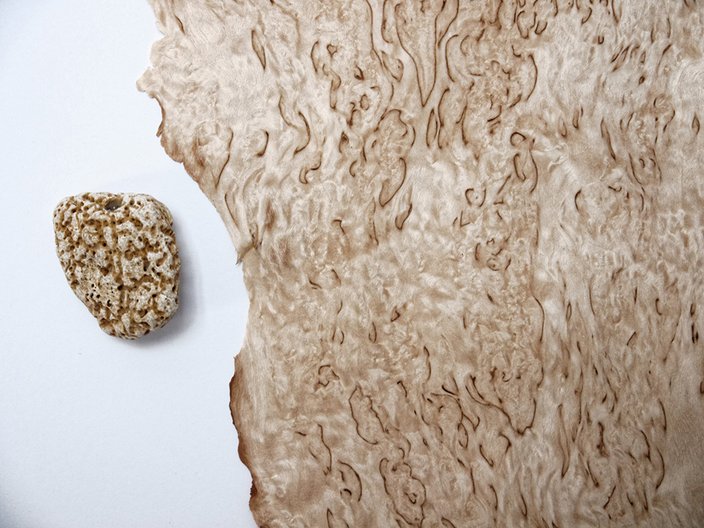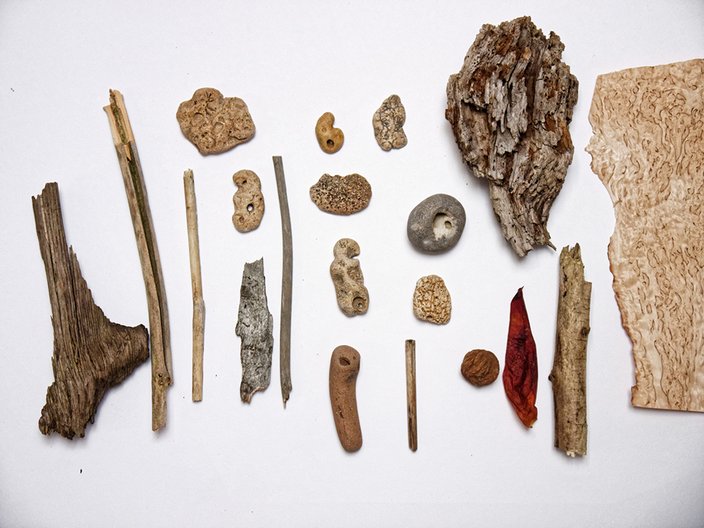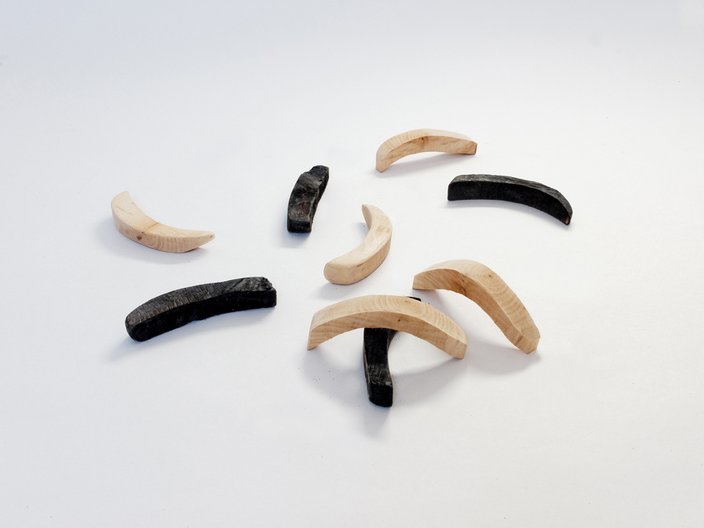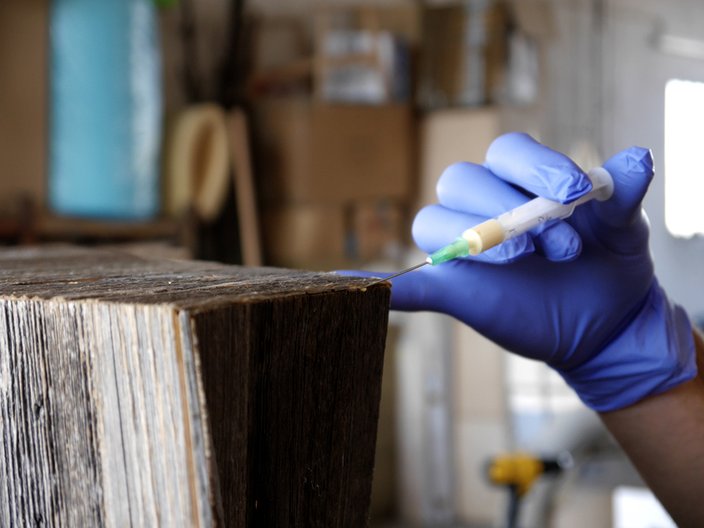24 July 2017
by Anna Bera
Polish designer Anna Bera has been selected as our design resident at the Ditchling Museum of Art + Craft for 2017.
Following the success of our first international typography residency in 2016 in collaboration with Ditchling Museum of Art + Craft and in partnership with the Polish Cultural Institute in London, we are thrilled to continue and our residency this year. For 2017, our resident will explore the theme New Truth to Materials: Wood. Anna is currently in Ditchling on the first phase of her residency; exploring the museum's rich archive, the cultural history of the village and the local woodlands for inspiration. She will then return later this year to work on her project. We asked her to give us some insight into her work and what she hopes to explore and create in Ditchling:
Tell us a bit about yourself; your background and areas of interest.
I am a designer, visual artist, sculptor and wood carver. I graduated from the Faculty of Architecture and Design at the Academy of Fine Arts in Poznan and woodcarving at The School of Art Craft in Kielce. Since 2014 I have run The Whole Elements studio, and from 2015 Dzikie Dzieci (Wild Children). I create handcrafted furniture, focussing on wood as my primary material. I draw my inspiration from research on the human relationship with nature, in a biological, cultural and spiritual context. My sculptural pieces take reference from natural forms. I am obsessed with shapes, textures and sensory richness of natural materials. The contact with the material is extremely important for me, that is why my studio from the very beginning was strictly associated with the workshop, where I implement all my projects.
I was born and raised in a small village in Swietokrzyskie Mountains. My studio is located near the peak of Łysa Góra, which was once one of the largest centres of pagan worship in Poland. I was brought up among rituals rooted in the beliefs of the ancient Slavs. I think that is why I am interested in a kind of intimate contact with the object and with nature. While working on the Earth Stone Wood collection, I explored the cultic significance of stones and trees. Since then, this aspect has been clearly present in my work.
What are you working on or researching at the moment?
Currently, I am working on a project that is inspired by fossil forms and relates to the process of wood petrification. I want the objects from this collection to require a certain amount of involvement from the user, to give them their own whimsical personality and so the user needs to form a connection with the object. This collection requires examination of the wood itself as a material. I not only focus on the form of the object but also on the structure of the surface and the sensation of touch. I experiment with the methods of surface patination as well as the traditional techniques of wood pickling using acids and metal salts.
Why are you interested in Ditchling and why did you apply for the residency?
I feel that the theme, New Materials: Wood, directly relates to my current research. For some time now, my work has been inspired by objects taken from their natural environment. At the start of the working process, I usually create a collection of objects that, for some reason – sometimes incomprehensible at this stage – fascinate and thrill me. Sometimes, this is due to the shape, construction, the structure of the surface or the colour. I study these items, trying to understand why their attributes are so moving. Next, I try to mirror selected characteristics in objects made out of wood. I think my approach to design can be called primitive. The object that comes from nature is the most important to me, and the function that it can be given is secondary. I think this stems from the belief that nature is fundamental, and therefore the most optimal space for human life. For this reason, I am interested in its attributes, which I try to discover and then implement. I hope that interacting with the objects selected for the New Materials: Wood exhibition as well as exploring the historical context of the Ditchling Museum of Art + Craft will expand my research into new areas.
How are you planning to respond to the theme set by the open call?
During the residency, I would like to study the way wood – as an object and a material – interacts with humans, primarily through its natural characteristics. I am also interested in the attitude of craftsmen to this material and the ways that humans have interacted with wood in a historical and contemporary context.
What are you planning to research or produce during your residency in Ditchling?
During my stay, I would like to study wood in its natural form – its physical and chemical characteristics, differences between species, wood in various forms, at different stages of growth and decay, subjected to various external conditions: water, sun, but also human touch. I would then like to study different traditional and experimental methods of woodworking, techniques of working with its surface, structuring and carving using traditional and contemporary tools. Using these methods, I foresee the creation of a collection of experimental objects, samples and prototypes.
I would also like to explore the practices of local craftsmen and examine their attitude to woodworking and wood itself as a material.
I believe that the National Park will be a natural place to search for inspiring artefacts, gather collection elements and create a kind of wood laboratory.
I want my research during the residency to be concluded with the creation of a physical experimental object or a collection of objects; a kind of wood laboratory, consisting of objects from the natural environment and made during my stay.
